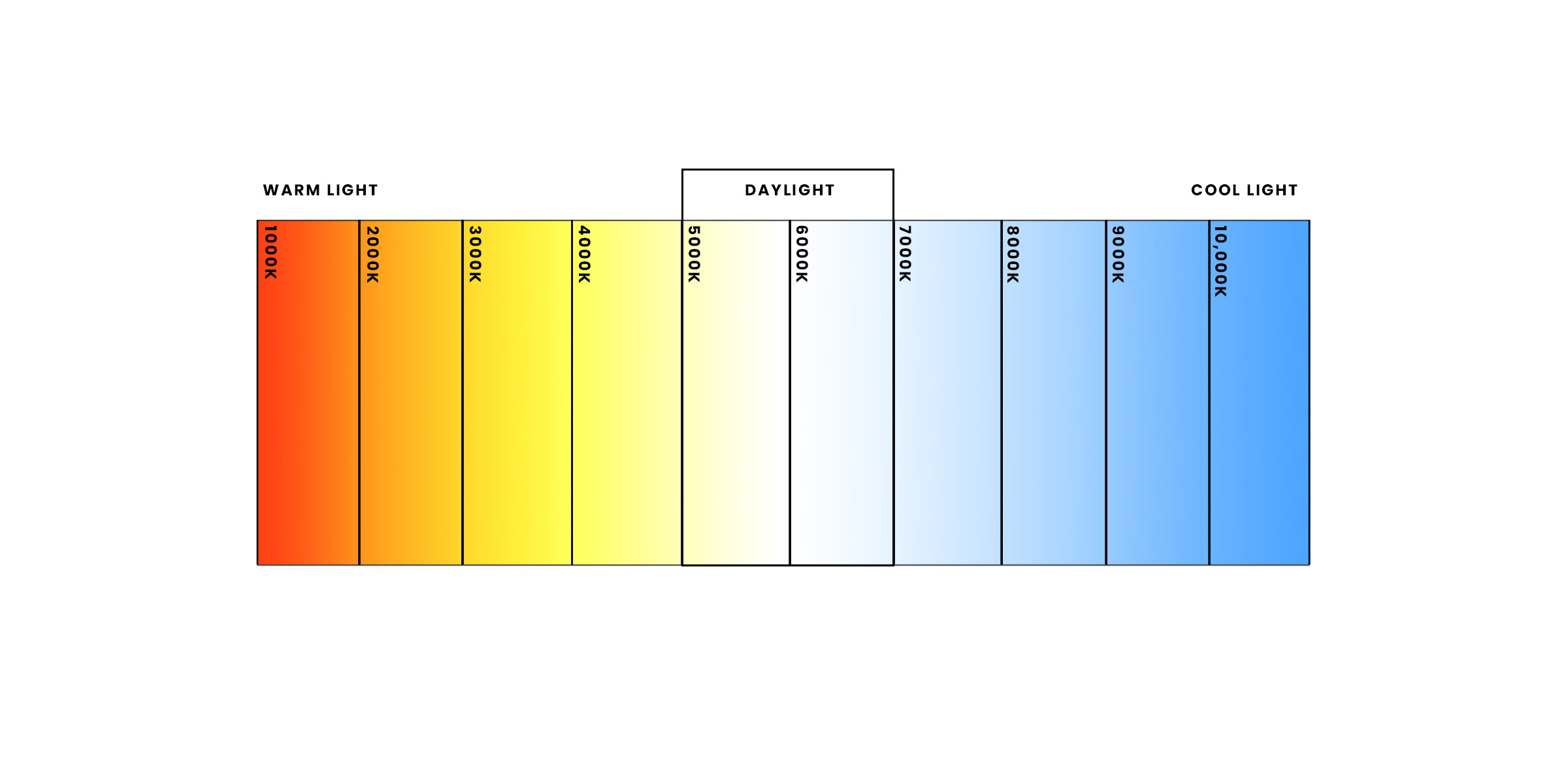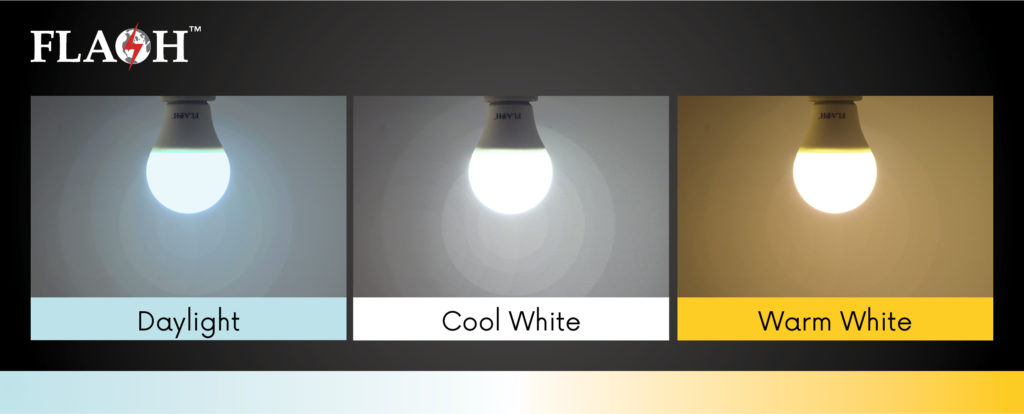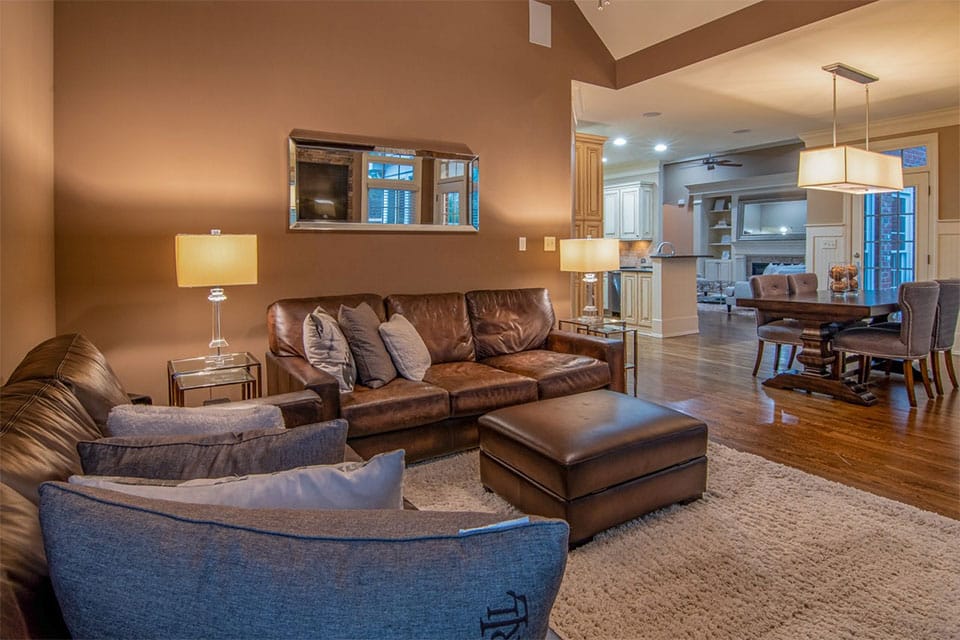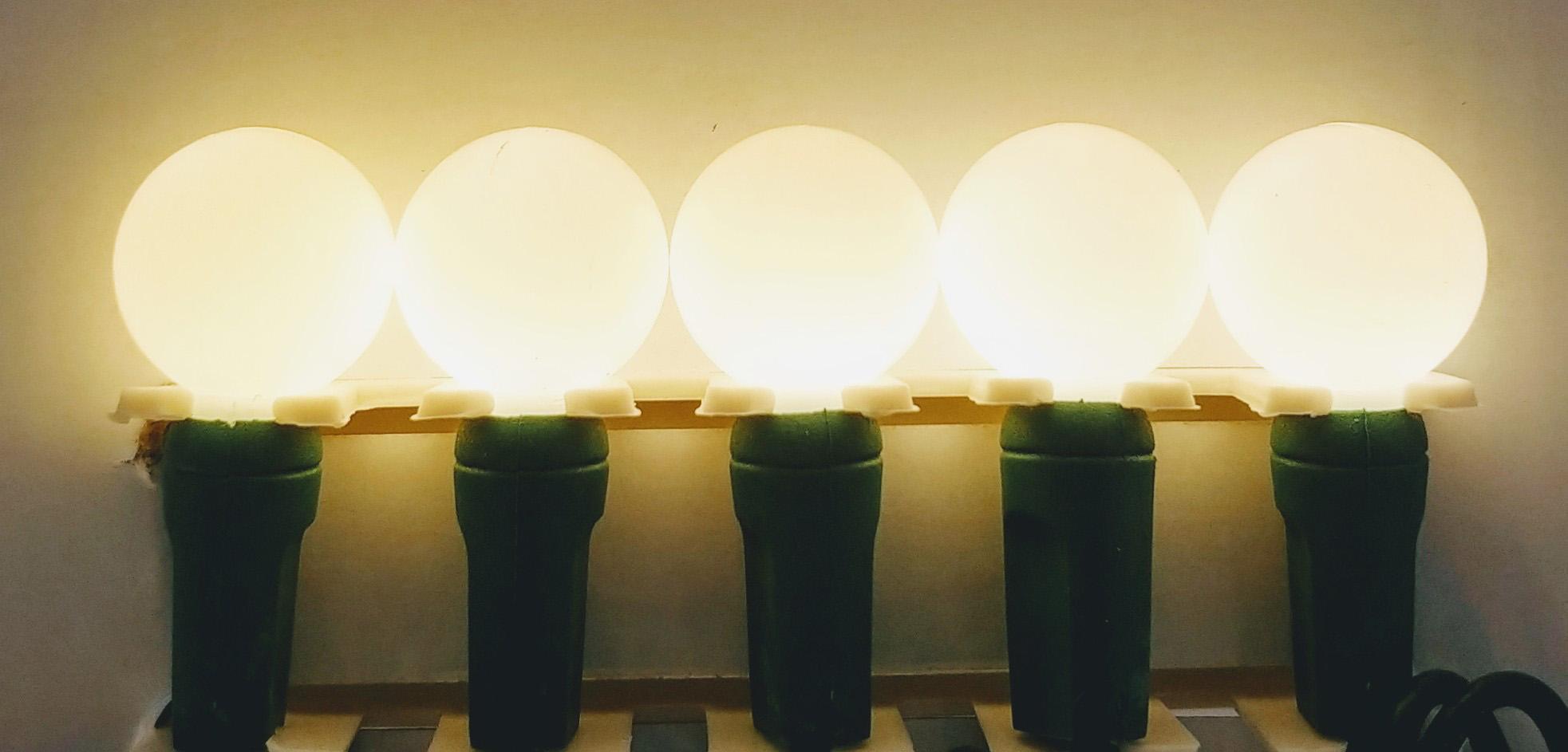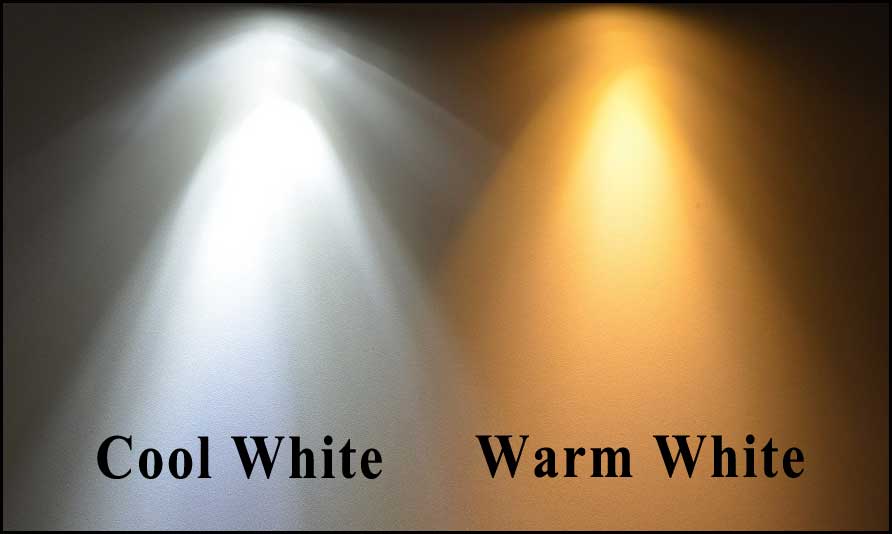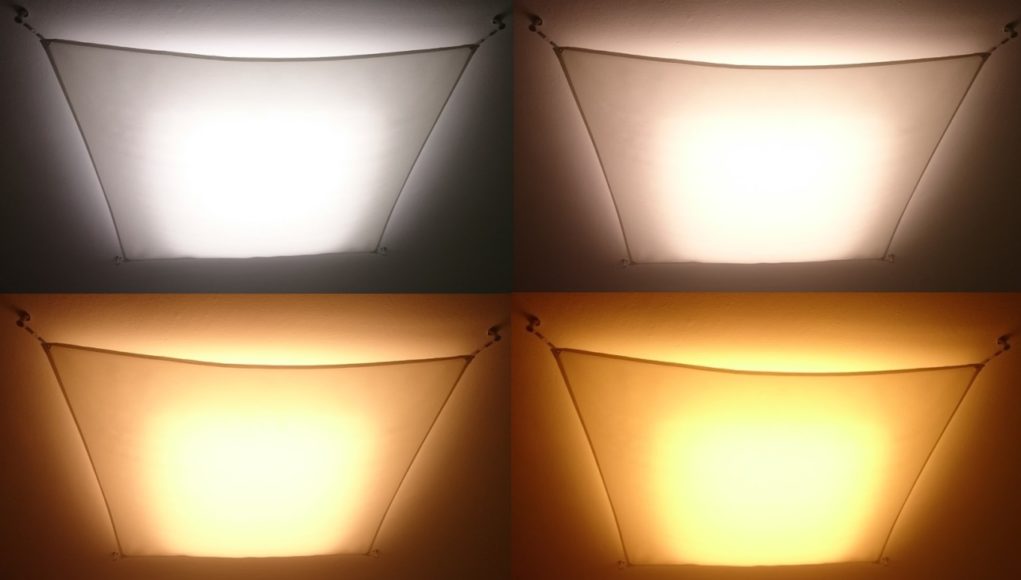LED light bulbs are a popular choice for kitchen lighting due to their energy efficiency and long lifespan. These bulbs use up to 80% less energy than traditional incandescent bulbs, making them not only good for the environment but also for your wallet in the long run. LED bulbs also come in a variety of color temperatures, making them versatile for any kitchen design.1. LED Light Bulbs
Halogen light bulbs are known for their bright, white light and are often used in task lighting for the kitchen. They have a longer lifespan compared to traditional incandescent bulbs and are also more energy-efficient. However, they do produce more heat than other types of bulbs, so they may not be the best choice for a small or poorly ventilated kitchen.2. Halogen Light Bulbs
Incandescent light bulbs are the most common type of light bulbs found in households. They produce a warm, yellowish light and are relatively inexpensive. However, they are not as energy-efficient as other types of bulbs and have a shorter lifespan. They are still a popular choice for kitchen lighting, especially for those who prefer a warmer and softer light.3. Incandescent Light Bulbs
Fluorescent light bulbs are often associated with harsh, flickering light, but modern options have greatly improved in terms of both light quality and energy efficiency. These bulbs give off a cool, bright light and are commonly used in overhead lighting for the kitchen. They are also known for their long lifespan, making them a cost-effective choice in the long run.4. Fluorescent Light Bulbs
Dimmable light bulbs are a great option for creating ambiance in the kitchen. With the ability to adjust the brightness of the light, you can easily transition from bright task lighting to a softer, more intimate glow for dining or entertaining. LED and fluorescent bulbs are the most common types of bulbs that can be dimmed.5. Dimmable Light Bulbs
Color temperature refers to the color of light produced by a bulb, measured in Kelvin (K). The lower the number, the warmer and more yellow the light will appear, while higher numbers indicate cooler and more bluish light. For kitchen lighting, a color temperature of 2700K-3000K is recommended for a warm and inviting atmosphere.6. Color Temperature
Warm white light is a popular choice for kitchen lighting as it creates a cozy and inviting atmosphere. This type of light is typically 2700K-3000K and is often used in areas where you want to create a warm and inviting ambiance, such as above a kitchen island or dining area.7. Warm White Light
Cool white light has a higher color temperature of 3500K-4000K, giving off a brighter and cooler tone. This type of light is often used in task lighting for areas where you need bright, clear light, such as above the stove or countertops. It can also help make a small kitchen feel more spacious.8. Cool White Light
Kitchen lighting fixtures come in a variety of styles and designs, and choosing the right one can make a big impact on the overall look and feel of your kitchen. Consider the size and layout of your kitchen when choosing a fixture, as well as the type of lighting it provides. Pendant lights, chandeliers, and track lighting are all popular choices for kitchen lighting fixtures.9. Kitchen Lighting Fixtures
Task lighting is essential for any kitchen, as it provides focused and bright light for tasks such as cooking, food prep, and reading recipes. Under-cabinet lighting, recessed lighting, and pendant lights are all great options for task lighting in the kitchen. It's important to have a balance of ambient, task, and accent lighting to create a functional and visually appealing kitchen space.10. Task Lighting
The Importance of Choosing Cool or Warm Light for Your Kitchen

Why Lighting Matters in Kitchen Design
 When it comes to designing the perfect kitchen, lighting is often overlooked. However, lighting plays a crucial role in the overall look and feel of your kitchen. Not only does it create ambiance, but it also affects the functionality and safety of the space. That's why it's essential to carefully consider the type of lighting you want in your kitchen, specifically whether you want
cool or warm light
.
When it comes to designing the perfect kitchen, lighting is often overlooked. However, lighting plays a crucial role in the overall look and feel of your kitchen. Not only does it create ambiance, but it also affects the functionality and safety of the space. That's why it's essential to carefully consider the type of lighting you want in your kitchen, specifically whether you want
cool or warm light
.
The Difference Between Cool and Warm Light
 To understand the importance of choosing the right light for your kitchen, it's essential to know the difference between cool and warm light. Cool light, also known as
blue light
, has a bluish-white hue and is often described as bright, crisp, and vibrant. On the other hand, warm light, also known as
yellow light
, has a yellowish-orange hue and is often described as soft, cozy, and inviting. The type of light you choose will significantly impact the overall look and feel of your kitchen.
To understand the importance of choosing the right light for your kitchen, it's essential to know the difference between cool and warm light. Cool light, also known as
blue light
, has a bluish-white hue and is often described as bright, crisp, and vibrant. On the other hand, warm light, also known as
yellow light
, has a yellowish-orange hue and is often described as soft, cozy, and inviting. The type of light you choose will significantly impact the overall look and feel of your kitchen.
Cool Light: Ideal for Task Lighting
 Cool light is best suited for tasks that require focus and attention, making it ideal for task lighting in the kitchen. Task lighting is essential for activities such as cooking, meal prep, and reading recipes. The bright, crisp light of cool light bulbs illuminates the space, making it easier to see what you're doing. It also helps reduce eye strain, making kitchen tasks more comfortable and safer.
Cool light is best suited for tasks that require focus and attention, making it ideal for task lighting in the kitchen. Task lighting is essential for activities such as cooking, meal prep, and reading recipes. The bright, crisp light of cool light bulbs illuminates the space, making it easier to see what you're doing. It also helps reduce eye strain, making kitchen tasks more comfortable and safer.
Warm Light: Perfect for Ambient Lighting
The Best of Both Worlds: Layered Lighting
 Choosing between cool or warm light doesn't have to be an either-or decision. The best way to achieve the perfect lighting in your kitchen is to incorporate both cool and warm light through layered lighting. Layered lighting involves using various types of lighting, such as overhead lights, under-cabinet lights, and pendant lights, to create a balanced and functional lighting scheme. By incorporating both cool and warm light, you can achieve the best of both worlds – a bright and functional kitchen with a warm and inviting ambiance.
In conclusion, when designing your kitchen, don't overlook the power of lighting. By carefully considering whether you want cool or warm light, you can create a space that is both functional and inviting. Remember to incorporate layered lighting to achieve the perfect balance, and your kitchen will be the heart of your home.
Choosing between cool or warm light doesn't have to be an either-or decision. The best way to achieve the perfect lighting in your kitchen is to incorporate both cool and warm light through layered lighting. Layered lighting involves using various types of lighting, such as overhead lights, under-cabinet lights, and pendant lights, to create a balanced and functional lighting scheme. By incorporating both cool and warm light, you can achieve the best of both worlds – a bright and functional kitchen with a warm and inviting ambiance.
In conclusion, when designing your kitchen, don't overlook the power of lighting. By carefully considering whether you want cool or warm light, you can create a space that is both functional and inviting. Remember to incorporate layered lighting to achieve the perfect balance, and your kitchen will be the heart of your home.











































/FluorescentLightBulb-GettyImages-sb10068290h-001-58fa5bb95f9b581d59119216.jpg)

















